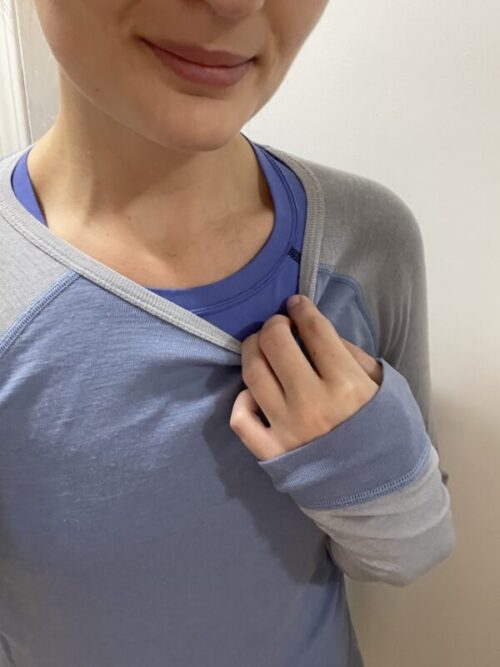Wearing two base layers is warmer than wearing one base layer. You should wear two base layers in very cold climates.
Base layers wick sweat away from the body and help to prevent your body from cooling quickly. Adding multiple base layers makes this system more efficient and helps to trap body heat in between layers of fabric.
Wearing two base layers is an important part of a clothing layering system, however, there may be times you should avoid wearing multiple base layers!
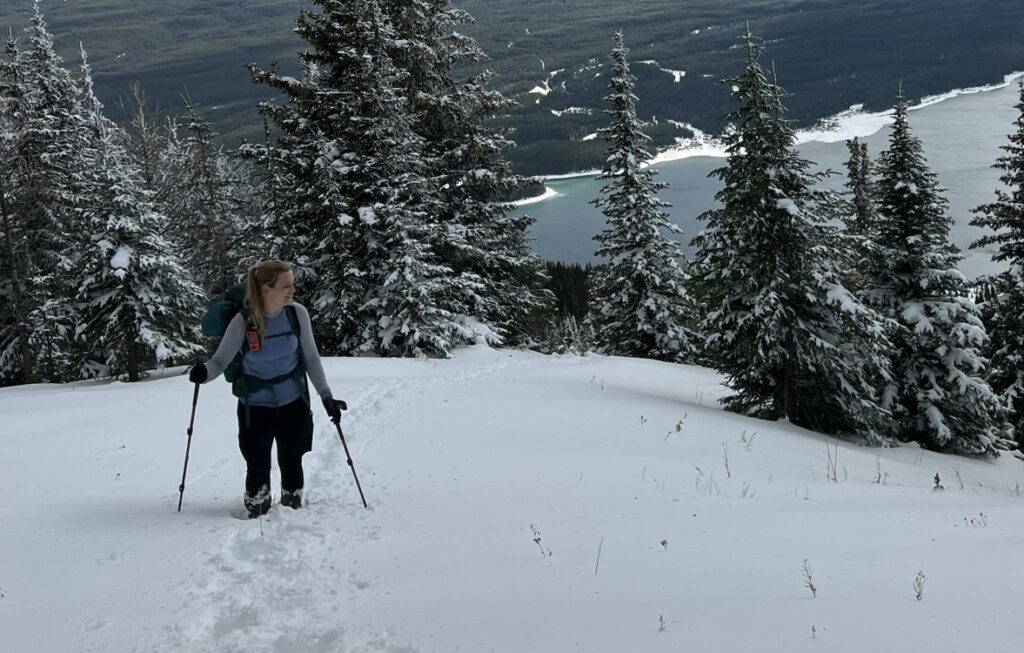
3 Pros of Wearing Multiple Base Layers
1. Multiple Base Layers Are Warmer Than a Single Layer
Multiple base layers will trap body heat in each layer of fabric that you’re wearing. The more base layers you’re wearing, the warmer you will feel.
Utilize multiple base layers on very cold days. You might be surprised at just how warm you feel! Combine them with other layers (midlayers and outer shells) to dial the warmth up and down in varying cold conditions or as you warm up with activity.
Check out my article here on the difference between base layers and thermals if you’re concerned about staying warm!
2. More Sweat-Wicking Capabilities
Two base layers have the ability to absorb more sweat (and “wick” it off your body) compared to one base layer.
If you are wearing two base layers, the one closest to your skin will start to wick sweat off your body first. As this base layer becomes soiled and the moisture moves outward, the second base layer will start to wick sweat from the first base layer.
If you’re producing sweat, two base layers might be a good option for you, particularly if your activity is sustained in cold weather.
By moving the sweat outward and away from your skin, you will be warmer and more comfortable during your outdoor activity.
3. Cheaper Than Other Layering Options
The main purpose of wearing multiple base layers is to stay warm.
The other way to stay warm is to utilize other layering options, such as midlayers, (think fleece sweaters and puffy jackets) instead of wearing multiple base layers.
Typically, these other layering options can be quite expensive, particularly if you’re shopping for specific midlayers. Base layers often are cheaper than these options (particularly if you don’t buy brand name), and can be utilized separately or combined for warmth.
If you’re just getting into activity in cold weather and don’t want to spend money on an expensive layering system, wearing multiple base layers can be a good start to staying warm.
2 Cons of Wearing Multiple Base Layers
1. Completely Soiled Layers
The caveat to the aforementioned benefit of ‘increased sweat-wicking capabilities’ when wearing two base layers, is that if they become completely soiled with sweat, it might take longer for the inner layer to dry. This will leave moisture next to your skin.
Moisture (sweat) against your skin can cause both chafing and cooling. Losing body heat in cold temperatures can be uncomfortable and even dangerous if hypothermia sets in.
Consider switching base layers when they become soiled instead of doubling up if you think you might generate considerable amounts of sweat.
Sweating excessively is a sign that your body is too warm, and layers should be removed in this circumstance to help prevent your base layers from becoming wet. Read the “Changing Base Layers” section below for more information!
2. Too Warm
The problem of wearing two base layers is often that we dress for the weather as if we weren’t going to be active in the cold weather.
Wearing two base layers might feel comfortable when you first start your activity, but as your heart starts beating faster and your circulation increases, your body heat gets trapped in the multiple layers and you start to sweat.
Ideally, you want to avoid getting your layers wet with sweat whenever possible.
Wearing two base layers might make you too warm, and due to the tightness of base layers, they can be hard to shed. Consider other layering options or changing base layers when they’re wet instead.
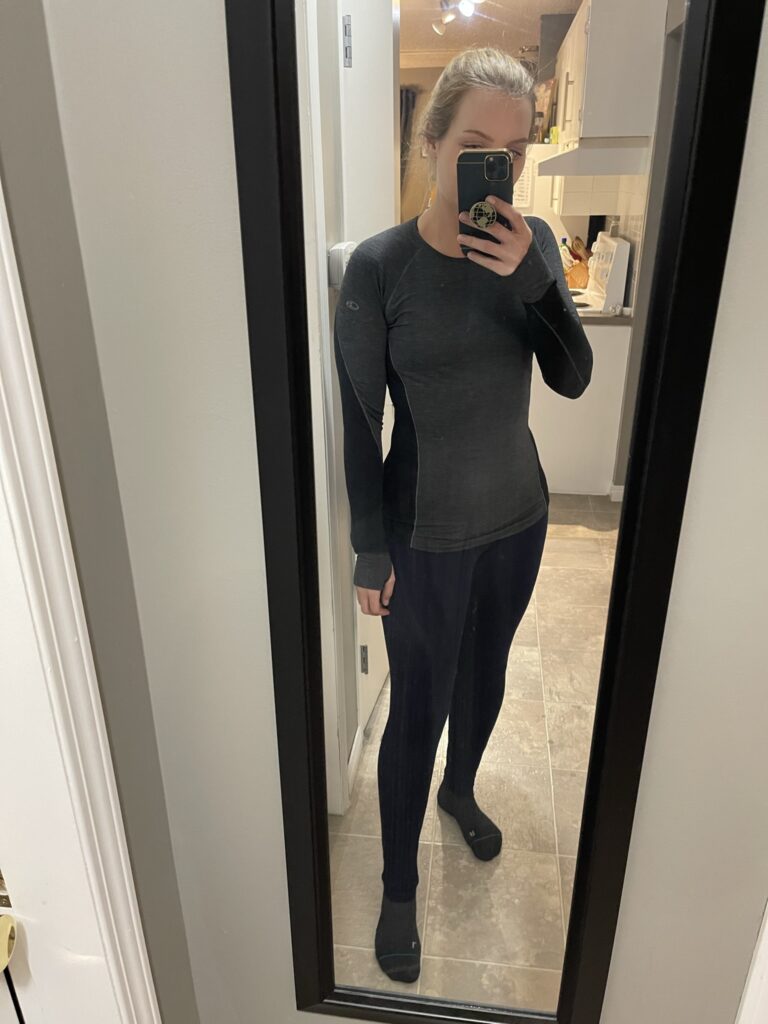
When To Wear 2 Base Layers
- If you only have lighter weight base layers, you might want to consider doubling up for added warmth when it is cold during your activity.
- When it’s significantly cold outside (this varies per person, but I’d suggest below -15C or 5F), one base layer might not be warm enough, particularly if you don’t have other warm layering options. Double up on base layers for added warmth.
- When your activity isn’t going to generate excessive amounts of sweat, wearing two base layers will keep you comfortable and warm in cold conditions for the reasons listed above.
When Not To Wear 2 Base Layers
- If it’s not cold outside, wearing two base layers will likely make you too warm and cause you to sweat. Consider just wearing one base layer in cool or mild conditions.
- When your base layers aren’t made of material intended for base layers (polyester and wool), they won’t be able to wick sweat away from your skin properly. This will likely just cause you to lose body heat quickly. Avoid cotton in particular.
- When you’re going to sweat a lot with your activity, you will likely end up soaking two base layers. Consider packing the second base layer and changing into the dry one when needed instead.

How Many Base Layers Do I Need?
For most activities, one base layer is often enough.
I often hike during winters in Canada (even when it’s -30C), and I have never felt the need to wear two base layers during my activity. I find my body generates so much heat that as long as I’m moving, I’m warm.
However, if your activity is less vigorous (or maybe you’re just very fit) and you don’t sweat that much, two base layers in addition to other layers should help keep you warm.
The circumstances in which you would need to wear more than two base layers at a time would be really quite rare. I’ve never personally heard of anyone doing it, though if that’s what you want to do to ensure warmth in cold climates, there is no problem in doing so.
How Many Base Layers Should I Own?
The number of base layers a person should own is really quite individual. For most people, two sets of base layers is likely enough.
The frequency of your activity (do you just go out and adventure on weekends? Every day?) will be one determining factor in how many base layers you need. The more frequent you participate in activity, the more base layers you might feel you need.
Another factor for how many base layers you should own is how intense your activity is. Many base layers are made with antimicrobial material and can be worn for a couple days of activity before needing to be washed. This might help you decrease the number of base layers you feel like you need.
Finally, the temperature in which you perform your activity might dictate how many base layers you should have.
Some base layers are lightweight and intended for warm weather. Others are heavyweight and are meant for cold weather. Sometimes it’s nice to have several base layers to mix and match as the weather changes throughout the year.
How many sets of base layers you should own is a very individual choice. Start with one quality set, and as you get more invested in your activity, consider purchasing more.
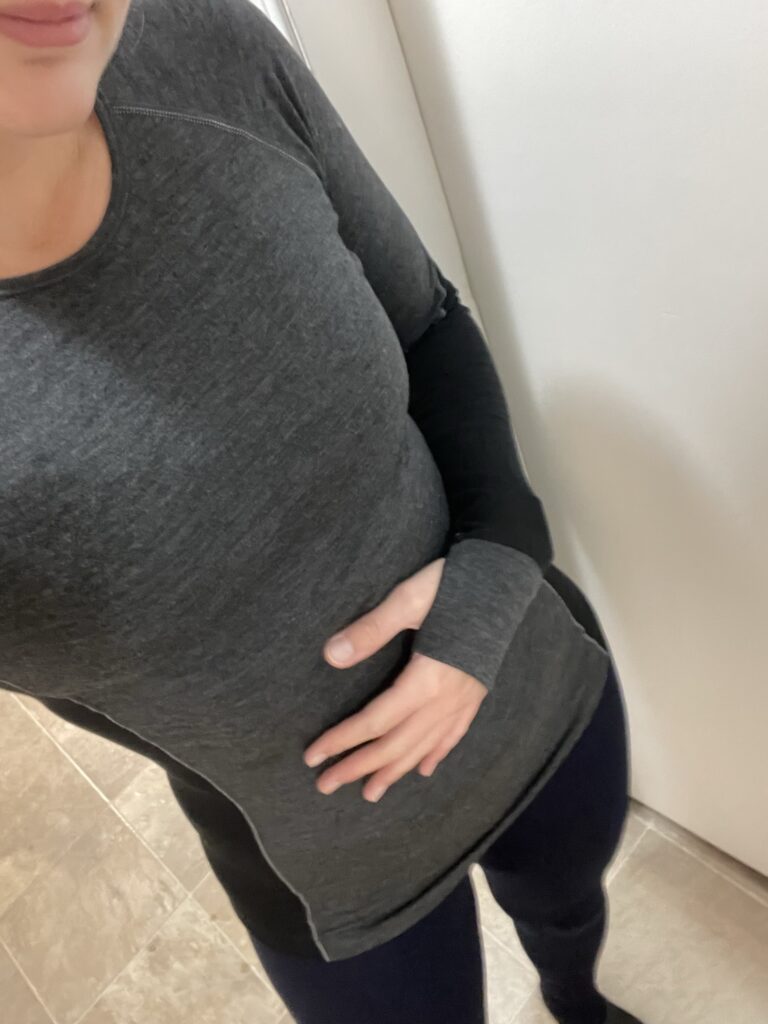
Which To Wear On The Bottom?
There are four principles for wearing two base layers at a time:
1. Wear tighter fitting base layers on the bottom.
Base layers are meant to fit snugly against your skin to prevent pockets of air from cooling your body.
If you plan on wearing multiple base layers during your activity, wear the tighter-fitting base layer on the bottom (against your skin) to stay nice and warm.
If both of your base layers fit the same, consider one of the other principles to choose which base layer should go on the bottom.
2. Wear slippery fabrics on the bottom.
Base layers can be made from different materials, and some are more textured than others. If one of your base layers has a smoother feel to it, consider wearing this one on the bottom.
The reason for this is more out of convenience than out of staying warm. If the fabric on the bottom is smoother, it will allow the second layer to glide on and off more easily. This might make it easier to strip layers if needed.
3. Wear thumb holes on the bottom.
If one of your base layers has thumb holes at the end of the sleeves, this might be a good layer to put on the bottom.
Place this layer on your body, next to your skin, then loop your thumbs through the holes. This will allow you to keep the sleeves long and taut as you pull them through the next base layer.
These thumb holes will ensure the base layer next to your skin does not bunch up and feel bulky. It also keeps the fabric right next to your skin and prevents air from getting between the base layer and your skin.
You can keep your thumbs through the holes during your activity or take them out – whichever feels better for you.
4. Wear warmer layers on the bottom.
Base layers can be different weights, and are intended for exercise in different weather conditions. Likely, if you’re considering wearing two base layers, you’re preparing for activity in very cold weather.
By wearing the base layer with the heavier weight (also known as a thermal) next to your skin, you are giving your body the best chance at wicking sweat off your skin and holding your body heat in the layers of fabric.
To contrast, if you wear a lighter base layer against your skin and a heavier one on top, the lighter base layer will become soiled more quickly, and will start seeping through into the second base layer. This might soil two base layers instead of one.
As well, if you’re wearing the warmer base layer on the bottom and decide to take off the outer base layer during your activity, you’re not losing as much heat to the environment. It is best to gradually reduce layers to prevent massive swings in body temperature.
For more information on what to wear under base layers, check out my article here!
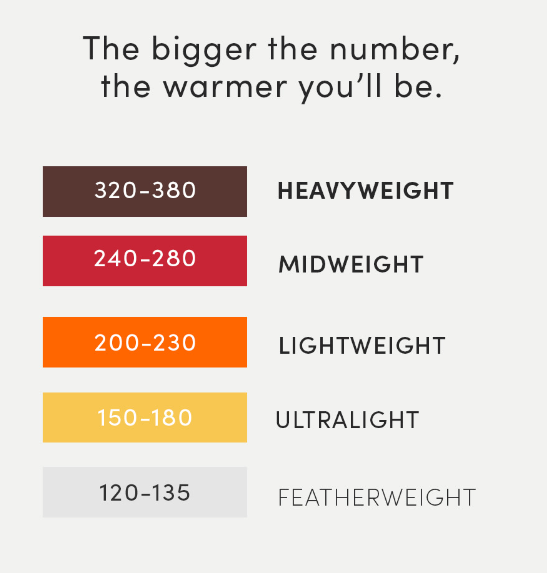
How To Use Base Layers to Stay Warm
There are a few options when it comes to base layers: should you wear one thick layer, multiple base layers, or change base layers when they become sweaty?
I recommend wearing one thick base layer and packing a second thick base layer on very cold days. I find most activity generates enough body heat that this is the preferred choice for staying warm and comfortable.
However, you might find that another option works better for you, and that is definitely valid. Read below to understand your options!
One Thick Layer
Base layers can be made from different materials, and are often weighted differently depending on the weather they are meant for.
Look for base layers marked “heavyweight” for base layers intended for cold weather conditions.
These base layers are meant to wick sweat away from your body and trap your body heat next to you to prevent premature cooling. One thick base layer is the gold standard of a layering system in cold climates.
The downfall of one thick base layer is that if you find you are becoming too warm during your activity, it is hard to release the body heat. As well, if the base layer becomes soiled with sweat, you will start to become cold as the sweat evaporates into the environment.
Consider bringing a second base layer to change into if you’re concerned this might happen. You might also try participating in your activity with base layers of different weights to find what works best for you.
Multiple Base Layers
Generally speaking, wearing multiple base layers is the warmest clothing option.
The more layers of fabric you’re wearing, the more your body heat gets trapped in those layers of fabric and held next to you. This is the process in which layers keep you warm.
If you are wearing two base layers and only the first layer becomes wet with sweat, if will also keep you warmer as it dries than if you were wearing only one layer. This is because the sweat will be pulled away from that first base layer into the second base layer.
However, if you are wearing two base layers and they both become wet, you will lose heat faster than if you were wearing one base layer and switched to a second dry one.
You should wear two base layers instead of switching base layers when the temperature is significantly cold or when your activity isn’t going to generate significant amounts of sweat.
Changing Base Layers
Changing base layers is the best option for vigorous activity when you will be sweating a lot during your activity.
Switching your base layer for a fresh new base layer will keep you warm by preventing your body from cooling down when wet fabric is against your skin.
If you are in mildly cold conditions or your activity is going to cause you to sweat a lot, I recommend wearing one base layer and switching to a new base layer when your first set becomes soiled.

Quick Tips For Wearing Two Base Layers
- Switch the inner base layer when soiled to a fresh dry one. This will keep you comfortable and warm the longest. It will also prevent your outer base layer from becoming saturated with sweat as well.
- Look for base layers with zippers and vents to help in releasing heat if you find it’s too warm. Sometimes it can be hard to change base layers due to the tight fit. Having vents allows you to release body heat without removing the base layer.
- Play with different fabric weights to find what keeps you warm and comfortable in given conditions. What feels comfortable and warm at the start of your activity might be too warm at the height of your activity. Consider trying different fabric weights to find what works best for you!
- Try wearing base layers with different materials and wearing slipperier layers on the inside. Finding two base layers that feel comfortable together and can be removed or added easily can make your activity more efficient and enjoyable.

